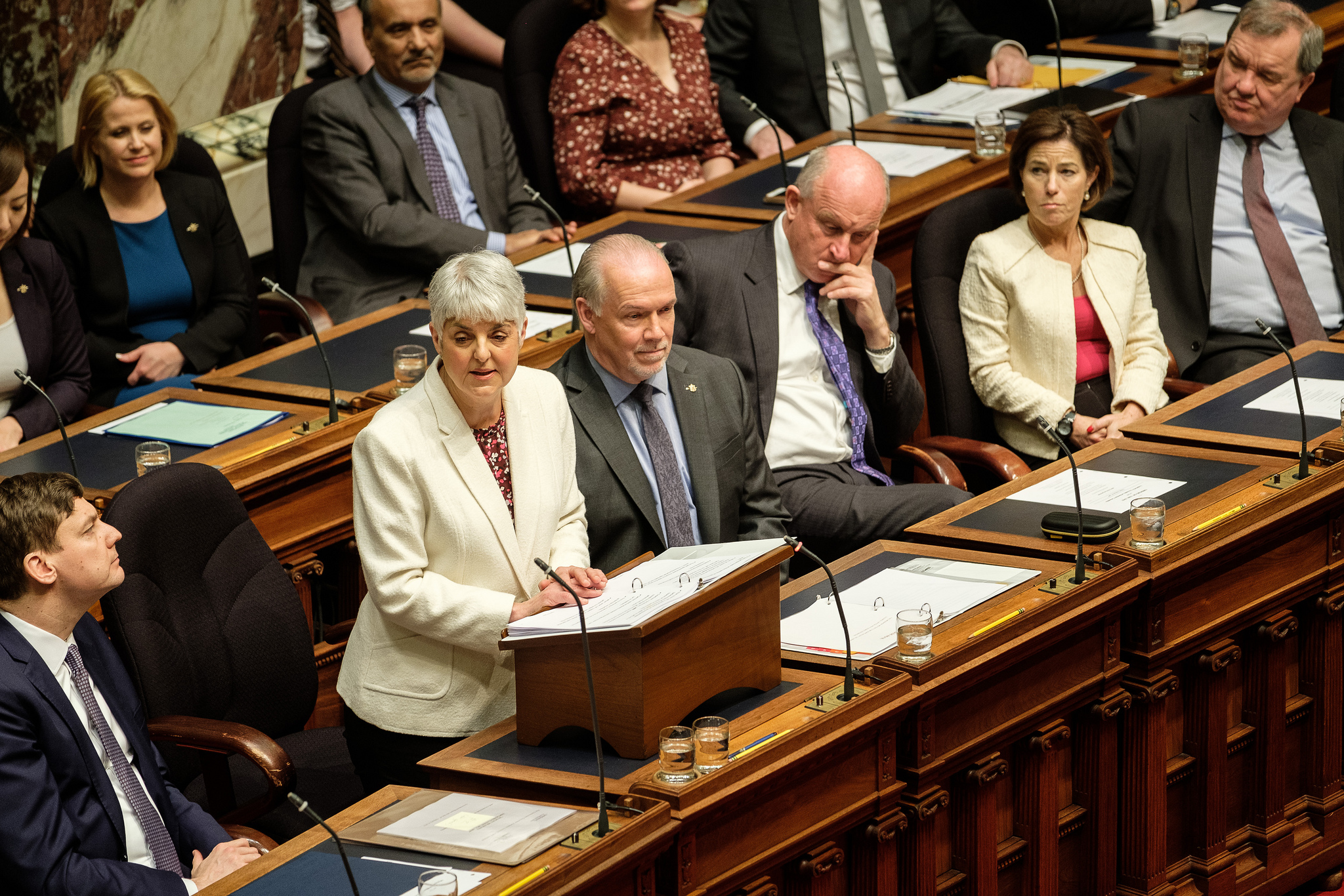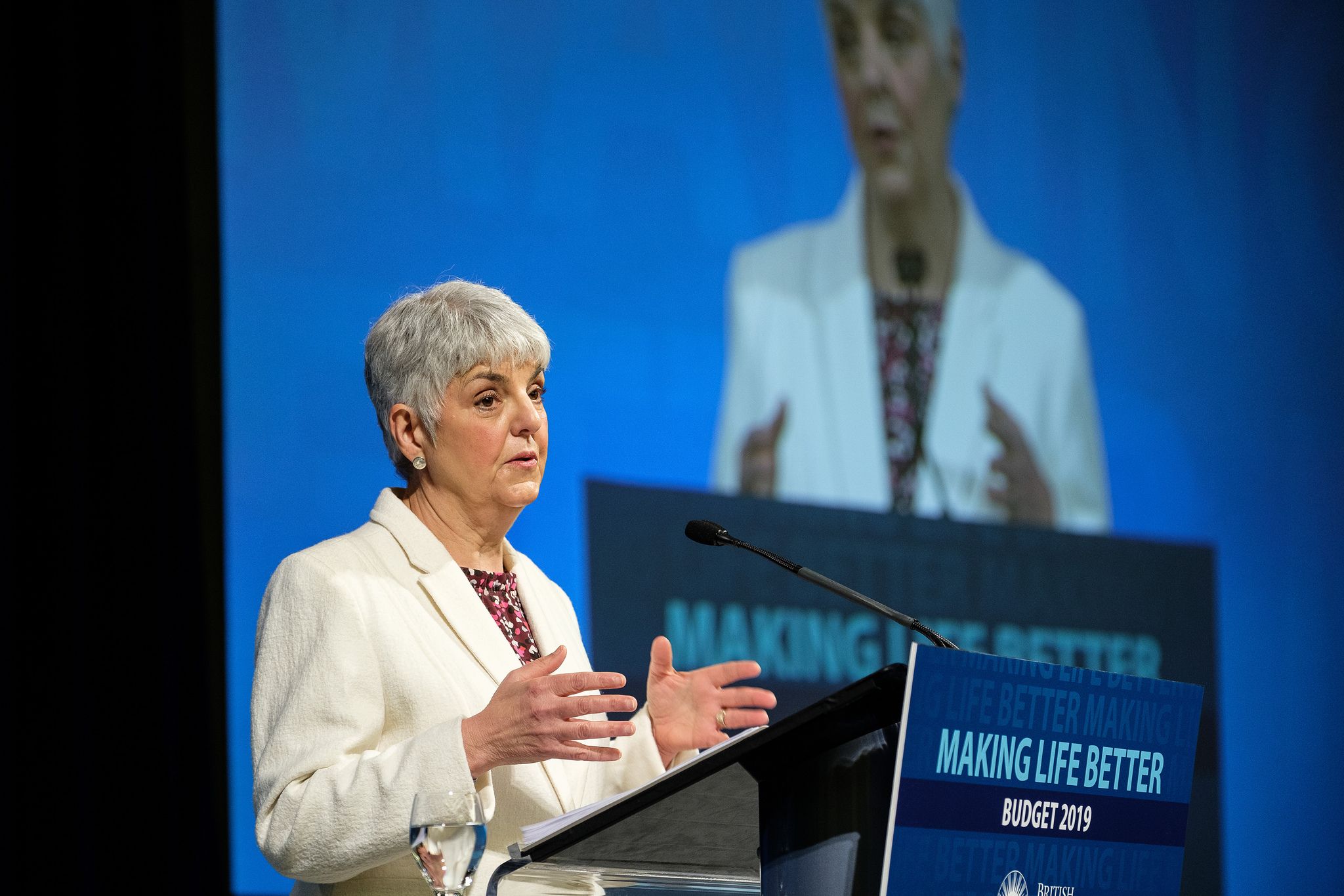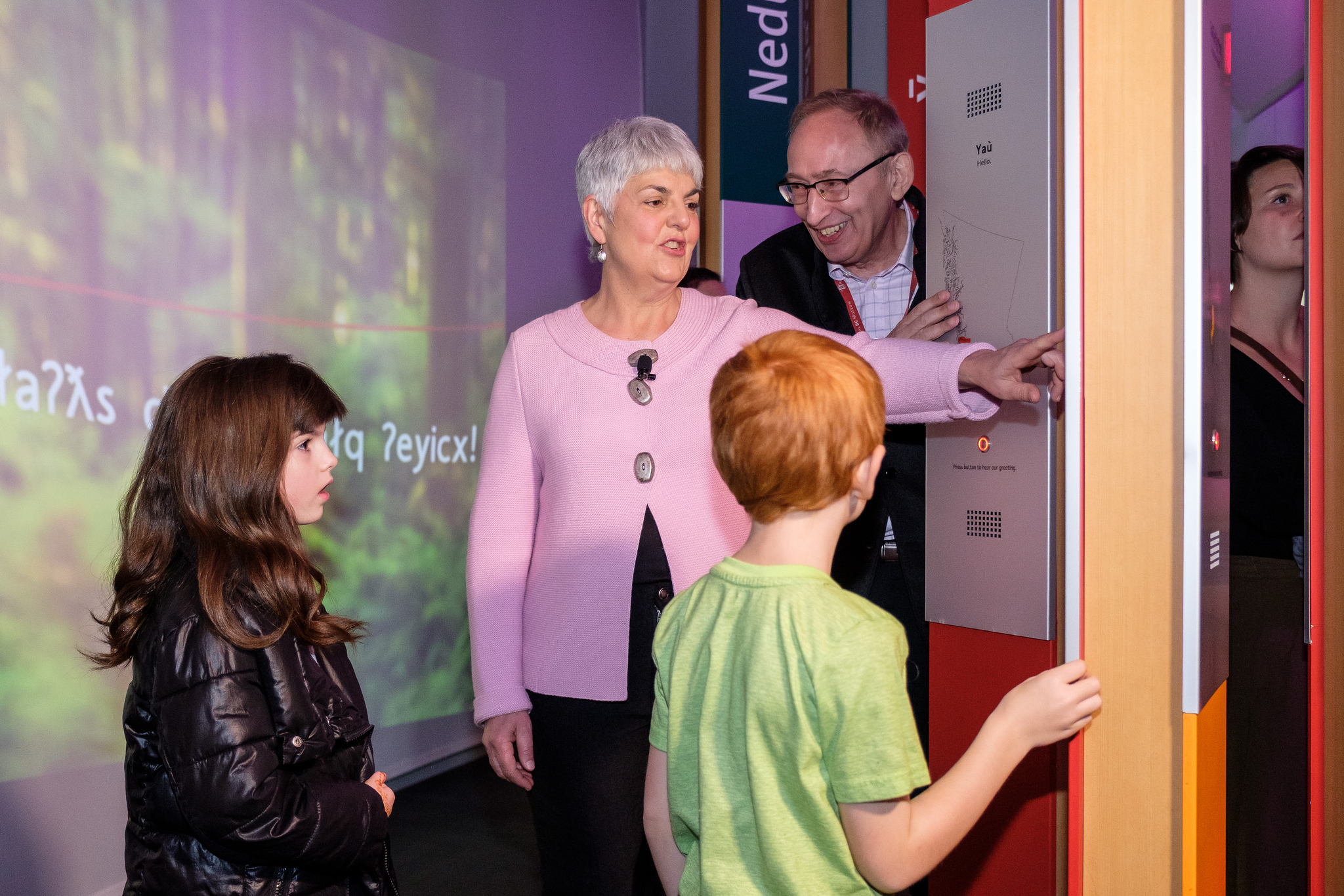British Columbia Budget 2019 emphasizes commitment to families and affordability

Recommended articles
On related topics
The new B.C. Child Opportunity Benefit is the flagship program of the NDP government’s 2019 budget that proclaims to make “life better for people.” The new benefit program will provide up to $1,600 per year until a child reaches 18 years of age, depending on the family’s earnings. The 2019 budget builds on last year’s budget, the theme of affordability and the NDP’s 2017 election campaign promise to provide greater support for the average British Columbian.
Additional measures targeting families and young people include: following through with the full elimination of Medical Service Plan premiums; eliminating interest on all new and existing B.C. student loans; and, a modest increase to income and disability assistance rates.
Fiscal and Economic Highlights
- Government is committing to running balanced budgets over the course of the three-year fiscal plan.
- Total government revenue is forecast at $59 billion in 2019/20, $60 billion in 2020/21 and $62.5 billion in 2021/22. Total expenditures are forecast at $58.3 billion in 2019/20, $59.5 billion in 2020/21 and $61.6 billion in 2021/22.
- The 2018/19 forecast projects a surplus of $374 million – a solid performance against last February’s projection of a $219 million surplus.
- Excluding forecast allowances and contingencies, Budget 2019 projects surpluses of $274 million in 2019/20, $287 million in 2020/21 and $585 million in 20121/22.
- The forecast allowances are earmarked at $500 million in this budget and $300 million each of the next two years.
- Economic growth was solid at 2.2% in 2018 with steady real GDP growth projected at 2.4% in 2019, 2.3% in 2020 and 2.1% in 2021. As always, the government’s projections are slightly more conservative than those of the independent Economic Forecast Council.
- B.C. is expected to lead the country in private sector economic growth in 2019 and 2020.
- Three-year taxpayer-supported capital spending totals $20 billion, primarily in the health, transportation and education sectors.
 Minister of Finance, Carole James in the B.C. Legislature. Photo Credit: Province of British Columbia
Minister of Finance, Carole James in the B.C. Legislature. Photo Credit: Province of British Columbia
Debt Outlook
- Over the three-year fiscal plan, total provincial debt will increase from $72.5 billion in 2019/20 to $82.4 billion 2021/22.
- Taxpayer-supported debt as a percentage of GDP, generally recognized as the most important indicator of fiscal health, is expected to continue to increase – from 15% in 2019-20 to 16.1% by 2021-22.
- The B.C. government eliminated the province’s operating debt in the second quarter of 2018/19. The province is now free of operating debt for the first time in 40 years.
B.C. Child Opportunity Benefit
The new Child Opportunity Benefit will provide almost $400 million annually to nearly 300,000 B.C. families. The benefit families will receive is based on a combination of family income and the number of children, and will be applied from birth until the age of 18. All families earning up to $97,487 with one child under 18, and all families earning up to $114,487 with two children under 18, will receive the benefit.
The program is a replacement and expansion of the Early Childhood Tax Benefit, which previously ended at age six and provided significantly less financial support. Details include:
- The maximum benefit is $1,600 for a first child, $2,600 for two children and $3,400 for three children. The maximum benefit is available to families earning up to $25,000 annually.
- A family with one child could receive up to $28,800 over the child’s upbringing, a substantial increase compared to the maximum existing benefit of $3,960 for the same family.
- A family earning between $55,000 and $80,000 with two children will receive about $1,400 annually, and approximately $25,000 over the children’s upbringing.
 Minister of Finance, Carole James at Budget 2019 lockup. Photo Credit: Province of British Columbia
Minister of Finance, Carole James at Budget 2019 lockup. Photo Credit: Province of British Columbia
CleanBC Implementation
Budget 2019 directs $902 million over three years to implement CleanBC, the environmental and economic action plan announced by government and the BC Greens in late 2018. CleanBC is one of the most significant policy programs developed by the government to date, and is considered politically critical for the NDP to retain the support of the Greens in the Legislature.
- CleanBC programs will help reduce carbon pollution in B.C. by an estimated 18.9 megatonnes by 2030.
- The $902 million includes:
- $354 in operating funding
- $299 for programs
- $26 million in capital investment
- $233 to increase the climate action tax credit
- Specific programs include:
- $168 million to assist large industry in reducing green house gases.
- $107 million to support zero emission vehicles (ZEV) including point-of-sale incentives, new charging stations, training, and research and the development of a new ZEV standard.
- $58 million to make buildings more energy efficient.
- $18 million to work with Indigenous and remote communities to transition to cleaner energy sources.
Investing in Reconciliation with Indigenous Peoples
- Budget 2019 provides significant long-term funding for Indigenous Peoples through a revenue-sharing agreement with the First Nations Leadership Council.
- The total value of the 25-year agreement is $3 billion—the largest revenue-sharing agreement with First Nations in B.C.’s history. The agreement is funded with gaming revenue, representing 7% of annual gaming revenues.
- Beginning in April 2019, every First Nation will be eligible for between $250,000 and $2 million annually through the agreement.
- Funding will be allocated according to: 50% base funding (divided equally among partnered First Nations), 40% based on population and 10% for geographically remote communities.
- Modern treaty nations (such as Tsawwassen First Nation) are included in the agreement.
- First Nations will determine their own priorities, including: health and wellness, housing, infrastructure, training, environment, economic development, governance capacity and more.
 Minister of Finance, Carole James at the Royal B.C. Museum. Photo Credit: Province of British Columbia
Minister of Finance, Carole James at the Royal B.C. Museum. Photo Credit: Province of British Columbia
Health Care and Education
- Investing $4.4 billion over three years to expand and upgrade hospitals, medical and diagnostic equipment and health information management systems.
- Providing $105 million over three years to support the BC Cancer Agency to increase the number of cancer-related surgeries, diagnostic imaging, PET and CT scans.
- Investing $74 million to improve mental health care and fund prevention and early intervention for children, youth and young adults.
- Providing an additional $30 million to fund B.C.’s response (now at $608 million) to the province’s drug overdose crisis.
Other Budget Highlights
The provincial budget always includes a number of interesting one-off investments or program changes that don’t necessarily fit within the central theme. A few notable items include:
- $6.6 billion for transportation infrastructure including the Patullo Bridge Replacement and the Broadway Subway Project.
- $9 million over three years to implement ridesharing in B.C. The NDP has committed to enable rideshare services like Uber and Lyft by the end of the year.
- $50 million to expand high-speed internet in rural and remote communities.
- $20 million to fund a fair, independent oversight body for the mining sector.
- $15 million for the BC Arts Council to help B.C. artists, writers and creators.
- A cut in the small business corporate income tax rate from 2.5% to 2.0%.
For further insights on B.C. Budget 2019, reach out to our Public Affairs team.
——— Elizabeth Wells is a former Associate at NATIONAL Public Relations
——— Michael Goehring is a former Partner at NATIONAL Public Relations
